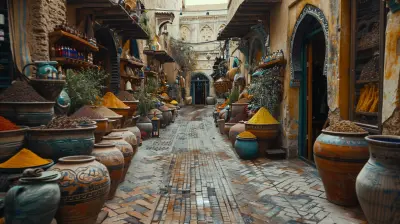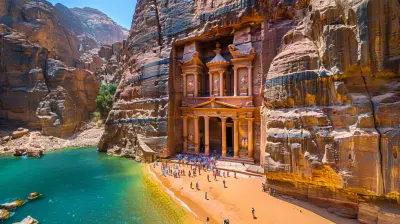Syria’s Palmyra: Resurrecting a Ruined Ancient Metropolis
26 July 2025
Imagine a vast expanse of desert, where the whispers of ancient civilizations linger beneath the sand, and the remnants of grand temples reach up toward the scorching sky. Now, picture yourself walking through towering columns, weathered but still standing, as though defying the relentless passage of time. Welcome to Palmyra, one of the most awe-inspiring archaeological sites in the world—a place where history, mystery, and heritage intersect.
Palmyra, often referred to as the “Bride of the Desert,” stands as a majestic reminder of Syria’s rich historical and cultural past. Although much of this ancient city is now in ruins, efforts to resurrect and restore Palmyra’s beauty and significance are well underway. But what exactly makes this ancient metropolis so extraordinary, and why are experts around the world so determined to bring it back to life?
Let’s dive deep into the heart of Palmyra and explore its fascinating history, tragic destruction, and the resurrection efforts that offer hope for its future.
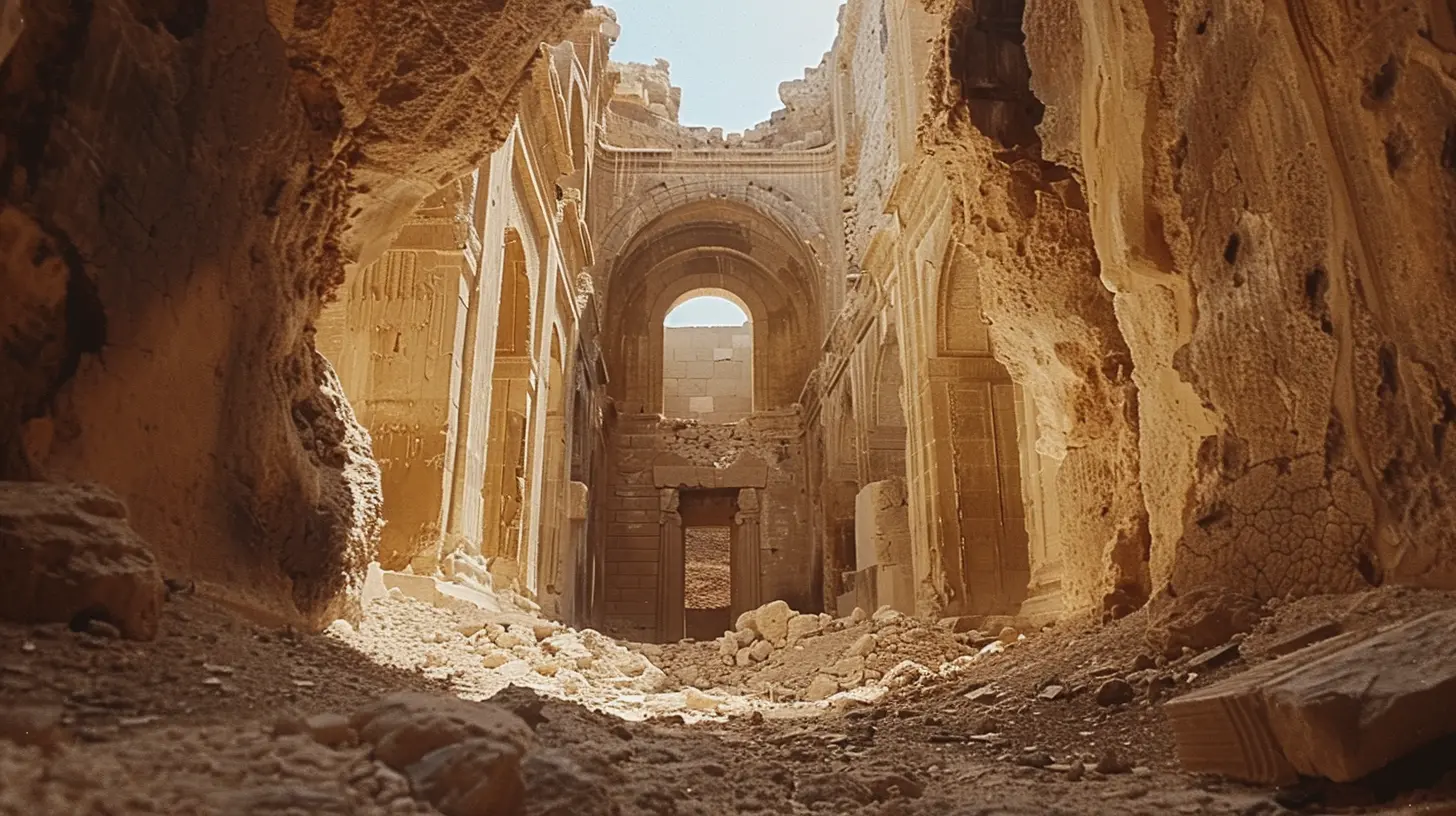
The Golden Age: Palmyra’s Historic and Cultural Significance
Before discussing recent efforts to restore Palmyra, it’s essential to understand why this site holds such immense historical significance in the first place.A Trading Hub of the Ancient World
Palmyra was not your average ancient city. Located in the heart of the Syrian desert, it served as a critical stop along the Silk Road—one of the most vital trade routes of the ancient world. Over time, Palmyra developed into a melting pot of cultures, religions, and architectural styles. Traders from Rome, Persia, India, and even China would stop here to rest, trade, and exchange ideas.At its height, around the 2nd and 3rd centuries AD, Palmyra was a bustling metropolis and an epicenter of cultural interaction. The city’s wealth and position allowed for the construction of iconic structures like the Temple of Bel, the Great Colonnade, and the Roman Theater, all of which reflected a unique fusion of Greco-Roman, Persian, and local Palmyrene influences.
Queen Zenobia: A Legendary Ruler
No discussion of Palmyra would be complete without mentioning Queen Zenobia, one of the most fascinating figures in ancient history. She ruled Palmyra during the 3rd century AD, and under her leadership, the city reached the pinnacle of its power.Zenobia’s ambitions were grand—she declared independence from Roman rule and sought to expand Palmyra’s territory into Egypt and Asia Minor. While her reign was short-lived (the Romans eventually captured and exiled her), Zenobia left behind a legacy of strength and independence that continues to inspire to this day.
A Jewel in the Roman Empire
Despite Zenobia's defiance, Palmyra thrived as a Roman outpost after her downfall. The grandeur of the city's architecture, with its elegant colonnades, lavish baths, and well-planned streets, attracted travelers and scholars for centuries. The art and inscriptions uncovered from Palmyra tell stories of its multicultural society—a blend of East and West, both in spirit and in stone.A UNESCO World Heritage Site
Fast forward to the 20th century, and Palmyra was recognized as a UNESCO World Heritage Site in 1980. Archaeologists and historians from around the globe hailed it as one of the most important cultural landmarks of antiquity. The site symbolized a shared heritage that transcended national borders and cultural divides.But this jewel of a city, as grand as it was, would soon face one of the darkest chapters in its long history.
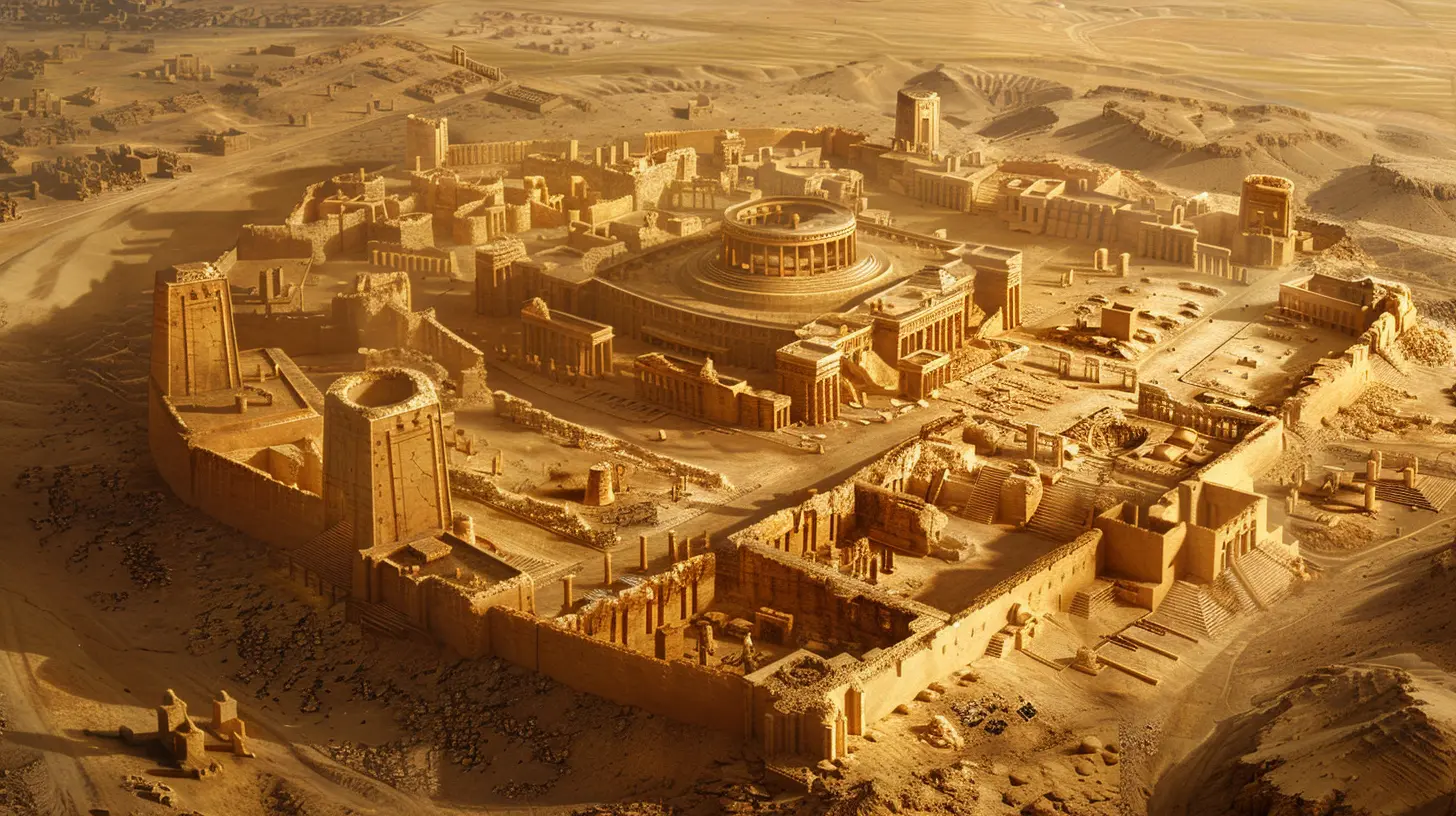
The Tragic Destruction of Palmyra
Palmyra’s place in global history made its destruction all the more heartbreaking. From 2015 to 2017, during the Syrian Civil War, the terrorist organization ISIS seized control of Palmyra. During their occupation, ISIS purposefully destroyed many of the city's most iconic monuments, including the famous Temple of Bel, the Arch of Triumph, and parts of the Roman Theater.This wanton destruction was not only an assault on Syria’s cultural heritage but also a crime against humanity’s collective history. The world watched in horror as Palmyra’s treasures, which had stood for nearly two millennia, were reduced to rubble. The devastation of Palmyra was symbolic of the broader cultural and human loss that Syria has endured over years of conflict.
The Global Outcry
The international community rallied in response. Experts warned that the loss of Palmyra was an “incalculable” blow to the archaeological and cultural heritage of not just Syria, but the entire world. However, amid the despair, there was also hope—hope that Palmyra, even in ruins, could rise again.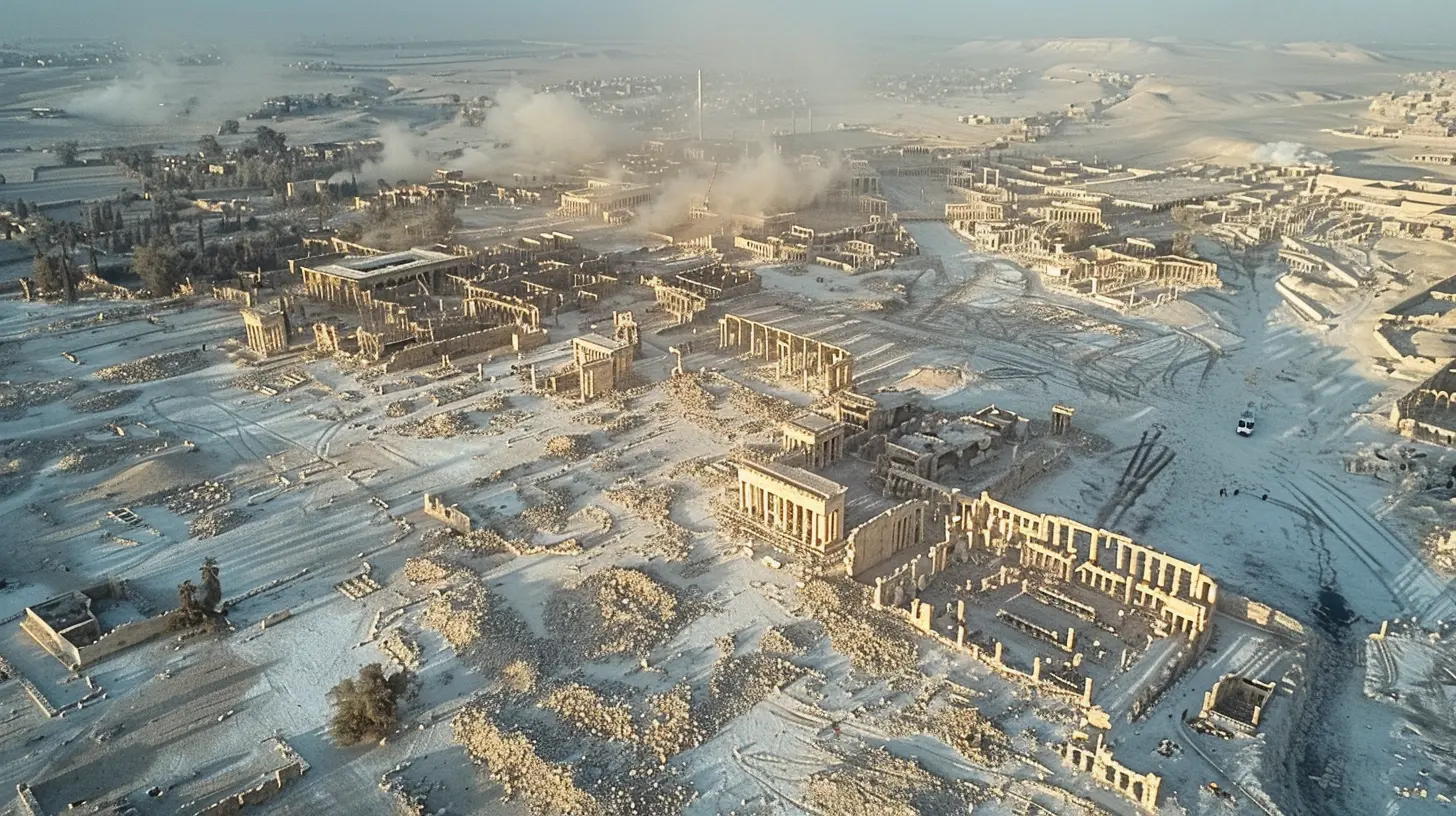
Restoring Palmyra: A Journey of Resilience and Hope
The destruction of a site as significant as Palmyra posed a daunting question: How do you rebuild a city that is thousands of years old? This question has driven experts, archaeologists, and organizations across the globe to launch extensive restoration efforts aimed at resurrecting Palmyra.International Assistance and Archaeological Expertise
Restoration isn’t just about putting stones back together. It involves a meticulous process of documentation, using modern technology like 3D imaging and drone mapping to reconstruct the site as accurately as possible. In the case of Palmyra, teams of specialists from UNESCO, along with Syrian and Russian archaeologists, have been working painstakingly to understand the extent of the damage and chart a way forward.Digital Technology to the Rescue
Thanks to advancements in technology, Palmyra’s revival is not just a physical effort, but a digital one as well. Researchers have turned to cutting-edge 3D modeling, which allows experts to create high-resolution digital replicas of destroyed monuments.For example, The Institute for Digital Archaeology (IDA) has been leading efforts to produce detailed 3D reconstructions of Palmyra’s lost structures. Even though some of the physical architecture may be forever gone, these digital replicas offer us an idea of the site’s former grandeur and preserve its memory for future generations.
Reconstruction vs. Preservation: A Fine Balance
The debate over whether to reconstruct or preserve ruins as they are is not new. In Palmyra's case, the priority is a balance between restoring the city for future generations and maintaining the authenticity of the historical remnants.Rebuilding Palmyra is not just about restoring what was destroyed. It's about ensuring that we honor its true essence—a city where different cultures, religions, and peoples intersected peacefully. While some ruins, like the Arch of Triumph, may be reconstructed, others will be left in their current state to remind us of both the city’s former glory and the devastation it endured.
Training a New Generation of Syrian Archaeologists
Equally important to the physical restoration of Palmyra is the empowerment of the Syrian people, particularly the younger generation. Given Syria's long and rich history, training local archaeologists and conservators is essential for preserving not just Palmyra, but all of Syria's heritage sites for years to come.Organizations like UNESCO are providing training programs to ensure that Syrians are at the forefront of their cultural restoration. After all, Palmyra belongs to Syria, and its people should play a central role in its resurrection.
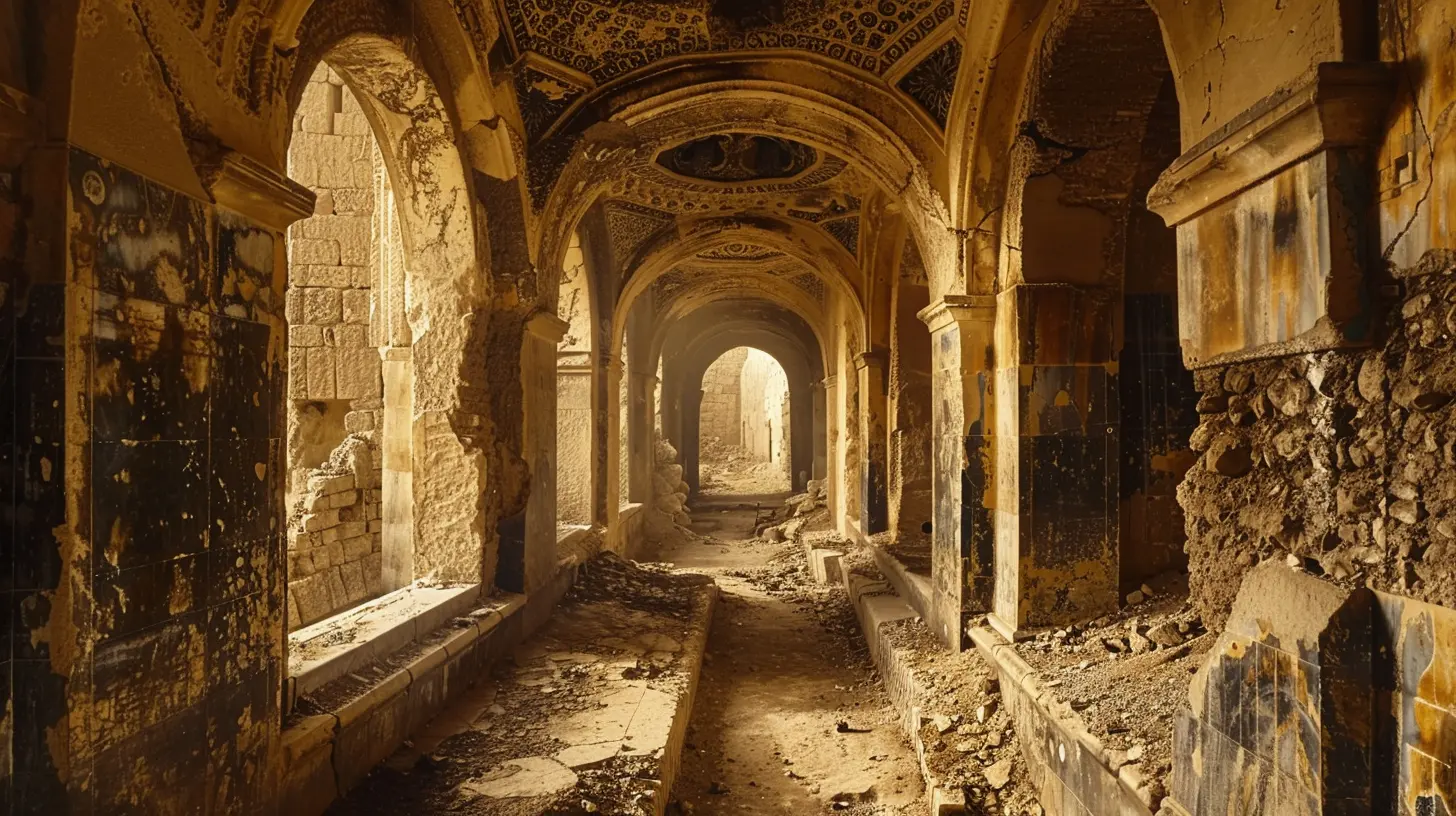
The Future of Palmyra: A Beacon of Hope
So, what lies ahead for Palmyra? While full reconstruction may take decades, the desire to rebuild this ancient metropolis remains stronger than ever. Palmyra has always been a symbol of resilience and cultural fusion, and its revival will offer hope not just to Syria, but also to the world.A Beacon for Post-Conflict Recovery
In many ways, Palmyra’s resurrection is symbolic of Syria’s own recovery after years of devastating conflict. Rebuilding the city is a way of reclaiming Syria’s cultural identity and restoring a sense of normalcy to a country that has lived through unimaginable horrors.The role of Palmyra extends beyond its ruins—its resurrection offers an example of how humanity can come together to protect its shared heritage despite adversity. Every effort to restore Palmyra, every stone replaced, and every monument rebuilt is a step toward healing the wounds left by war.
Will Palmyra Rise Again?
It’s hard to say when Palmyra will be fully restored. It could take decades. But one thing is certain: this ancient metropolis is far too valuable, too symbolic, and too deeply cherished to be consigned to the dust of history.Palmyra's reconstruction mirrors the resilience of humanity itself—a testament to our ability to rebuild, recover, and honor the past, even after the most devastating destruction.
all images in this post were generated using AI tools
Category:
Ancient RuinsAuthor:

Pierre McKinney
Discussion
rate this article
1 comments
Derek McCoy
Palmyra's beauty shines through! Let’s celebrate its comeback and rich history!
July 28, 2025 at 4:26 PM

Pierre McKinney
Thank you! Palmyra's resilience is indeed inspiring, and its rich history deserves to be celebrated as we witness this remarkable revival.

